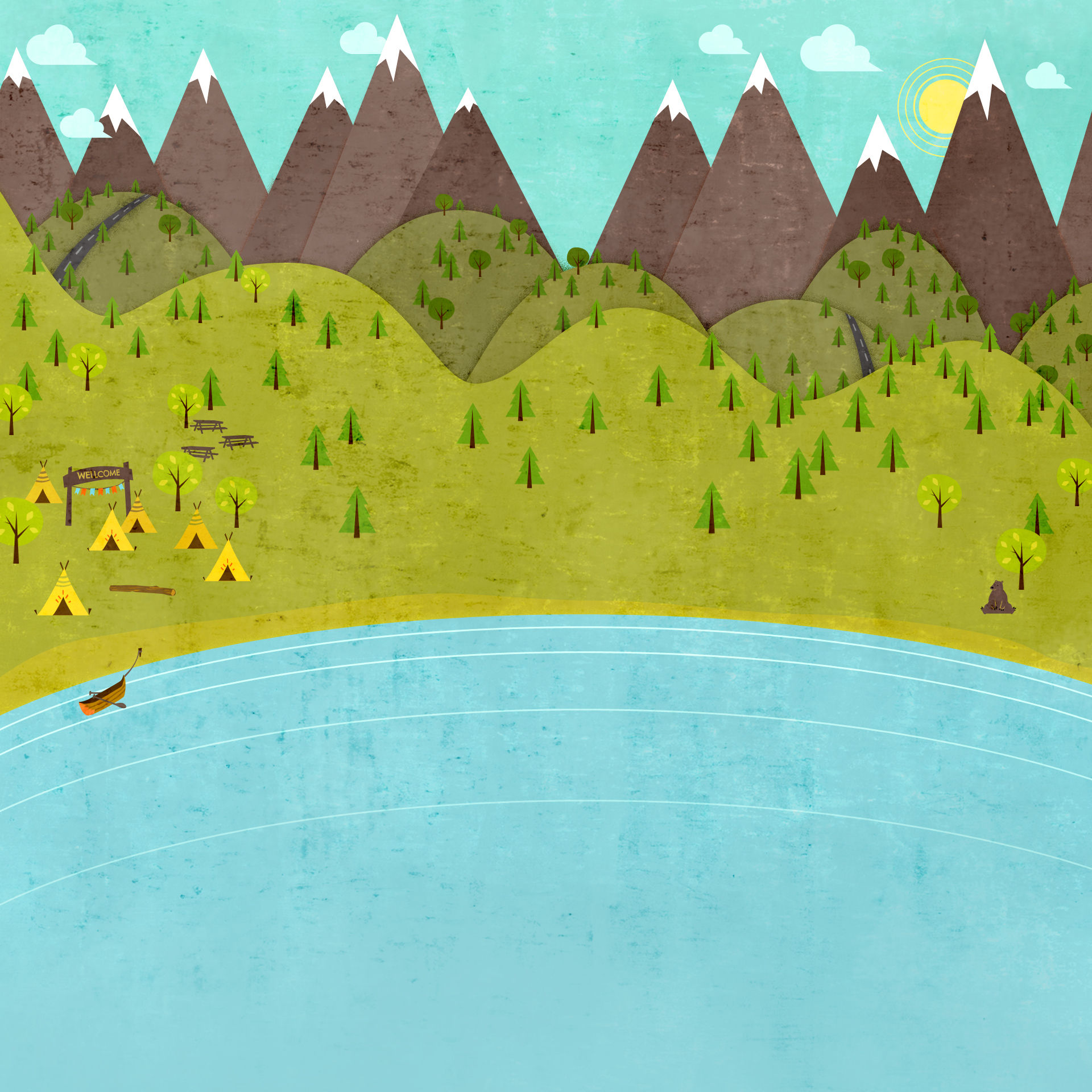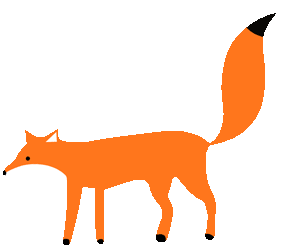top of page

CCKPS PBL
Primary 2
All About Birds




Scarlet Ibis
Scarlet Ibis are bright red with lighter shading on the head, neck, and underparts. Their longest flight feathers are tipped in black.
The long legs of this wading bird are pink and the toes are partially webbed. They use their long, curved, pinkish-brown beak to probe the mudflats, shallow water, and grasses in search of food.
The ibis can be founds from northern South America southward along the coast of Brazil. They can be found coastal mud flats, shorelines, estuaries, and shallow bays
In the wild, ibis eat a varied diet, including crabs and other crustaceans, small fish, mollusks, frogs, worms, and insects.

About
Scarlet Ibis


bottom of page